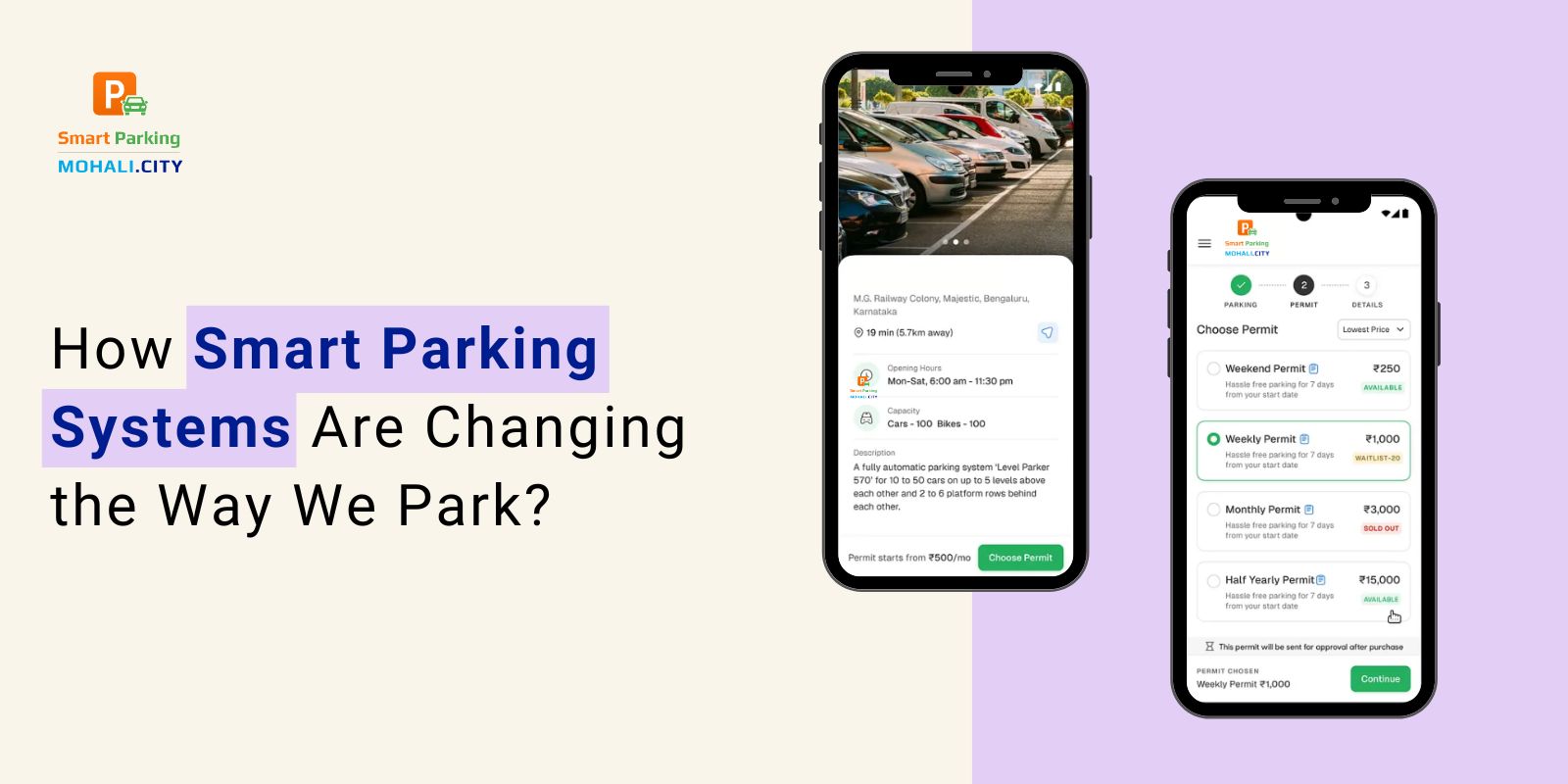Parking is something most of us do every day, yet few realize how much time, fuel, and energy is wasted in the process. Traditional parking systems—reliant on guesswork, manual ticketing, and limited information—are no longer suitable for the fast-paced, tech-driven world we live in.
At jiSECURE, we believe smart parking systems are more than a convenience—they are transforming urban mobility, improving user experience, and optimizing space utilization. In this blog, we’ll explore how smart parking systems are changing the way we park and why this shift is essential for cities, drivers, and businesses alike.
What Is a Smart Parking System?
A smart parking system uses a combination of IoT sensors, real-time data, cloud computing, and mobile applications to manage parking operations more efficiently. It provides real-time information about parking space availability, automates payment, and streamlines enforcement—all in one integrated platform.
This technology-driven approach replaces outdated manual systems, offering more convenience for drivers and greater control for parking operators and municipalities.
1. Real-Time Parking Availability
The most significant change brought by smart parking systems is real-time visibility. Instead of circling blocks or lots hoping to find an open spot, drivers can now use mobile apps or digital signage to see exactly where parking is available.
Smart sensors embedded in parking spaces detect vehicle presence and update the system instantly. This reduces:
- Time spent searching for parking
- Traffic congestion
- Driver frustration
With real-time guidance, parking becomes faster, smarter, and less stressful.
2. Automated and Contactless Payments
Gone are the days of fumbling for coins or waiting in line at a payment kiosk. Smart parking systems offer seamless, contactless payments through mobile apps, RFID tags, or license plate recognition.
Users can:
- Pay instantly via smartphone
- Receive reminders when time is about to expire
- Extend parking sessions remotely
- This convenience not only enhances the customer experience but also improves compliance and revenue collection for operators.
3. Better Utilization of Parking Space
Traditional parking lots are often either overcrowded or underutilized due to poor management and lack of data. Smart systems solve this with data analytics that monitor usage trends, peak hours, and demand by location.
Operators can use this data to:
- Optimize pricing dynamically
- Reallocate space to high-demand zones
- Plan expansions based on actual need
- This leads to increased efficiency without requiring more land or construction.
4. Enhanced Traffic Flow and Lower Emissions
Every minute spent searching for parking contributes to traffic congestion and air pollution. Smart parking systems significantly reduce unnecessary driving, resulting in:
- Lower vehicle emissions
- Reduced fuel consumption
- Improved urban air quality
By helping drivers park quickly and efficiently, smart systems contribute to broader sustainability and environmental goals.
5. Improved Safety and Security
Smart parking systems also enhance safety in multiple ways. Features like license plate recognition and integrated surveillance cameras can:
- Deter theft and vandalism
- Monitor unauthorized access
- Streamline enforcement and violation tracking
For both private operators and municipalities, this means better compliance, safer lots, and reduced need for manual patrolling.
6. Integration with Smart City Infrastructure
The future of urban planning lies in interconnected systems. Smart parking doesn’t operate in a silo—it integrates with:
- Public transport apps
- Smart traffic lights
- Electric vehicle charging stations
- Urban planning databases
This holistic approach supports smarter, more efficient, and future-proof mobility networks.
Final Thoughts
From improving convenience for drivers to boosting revenue for operators and supporting smart city goals, smart parking systems are fundamentally changing the way we park. They make everyday life easier while solving long-standing urban challenges related to traffic, emissions, and infrastructure planning.
















Share this post on: